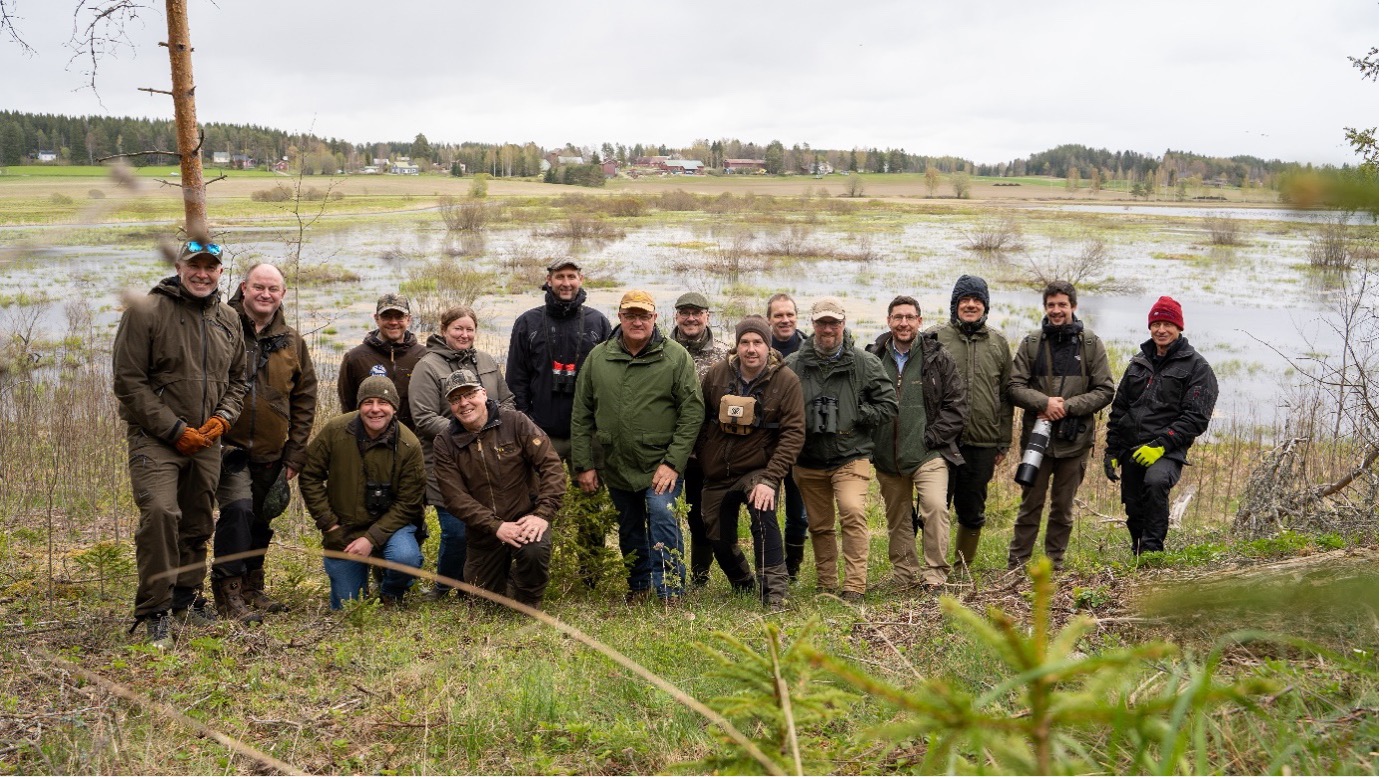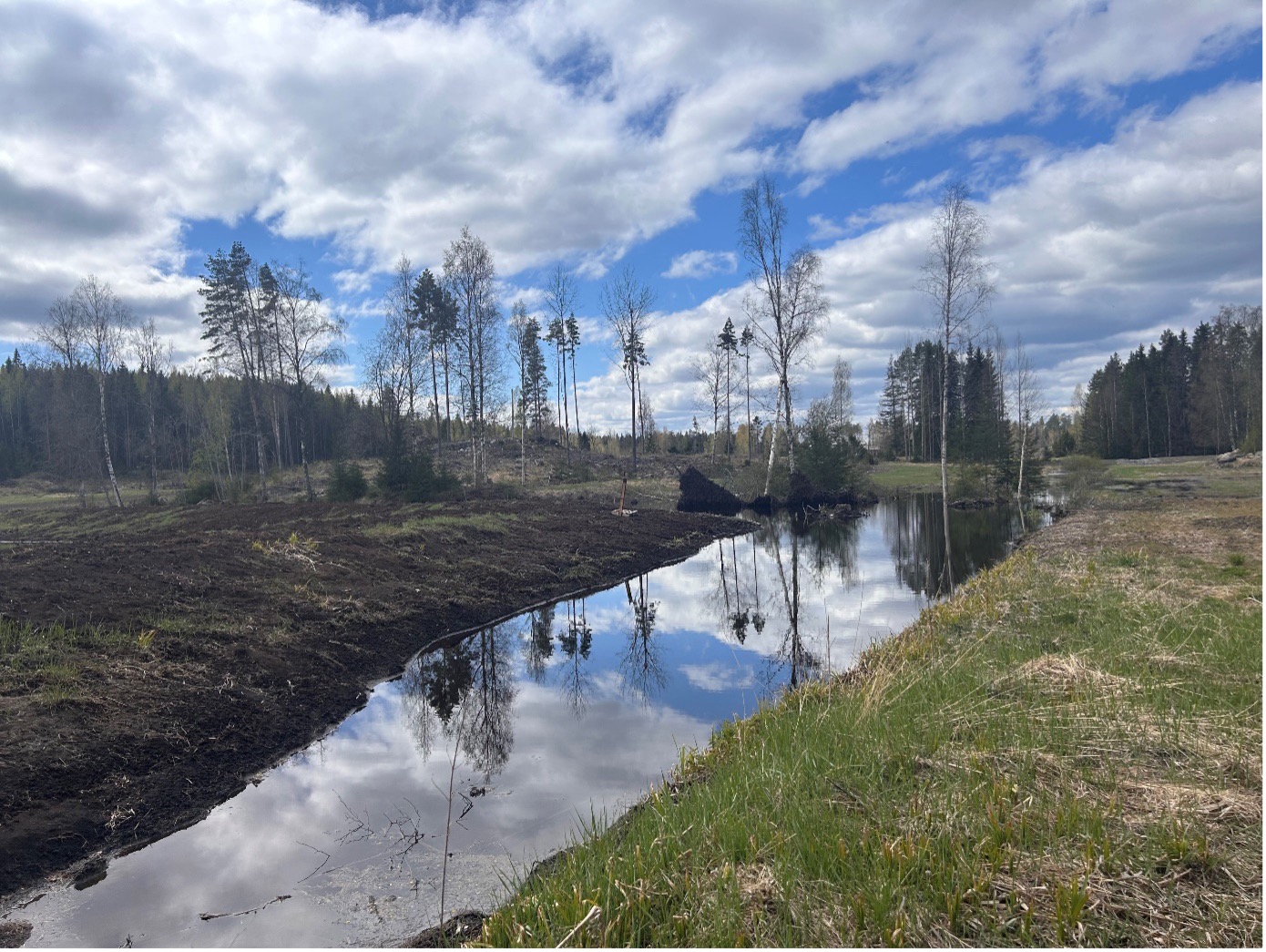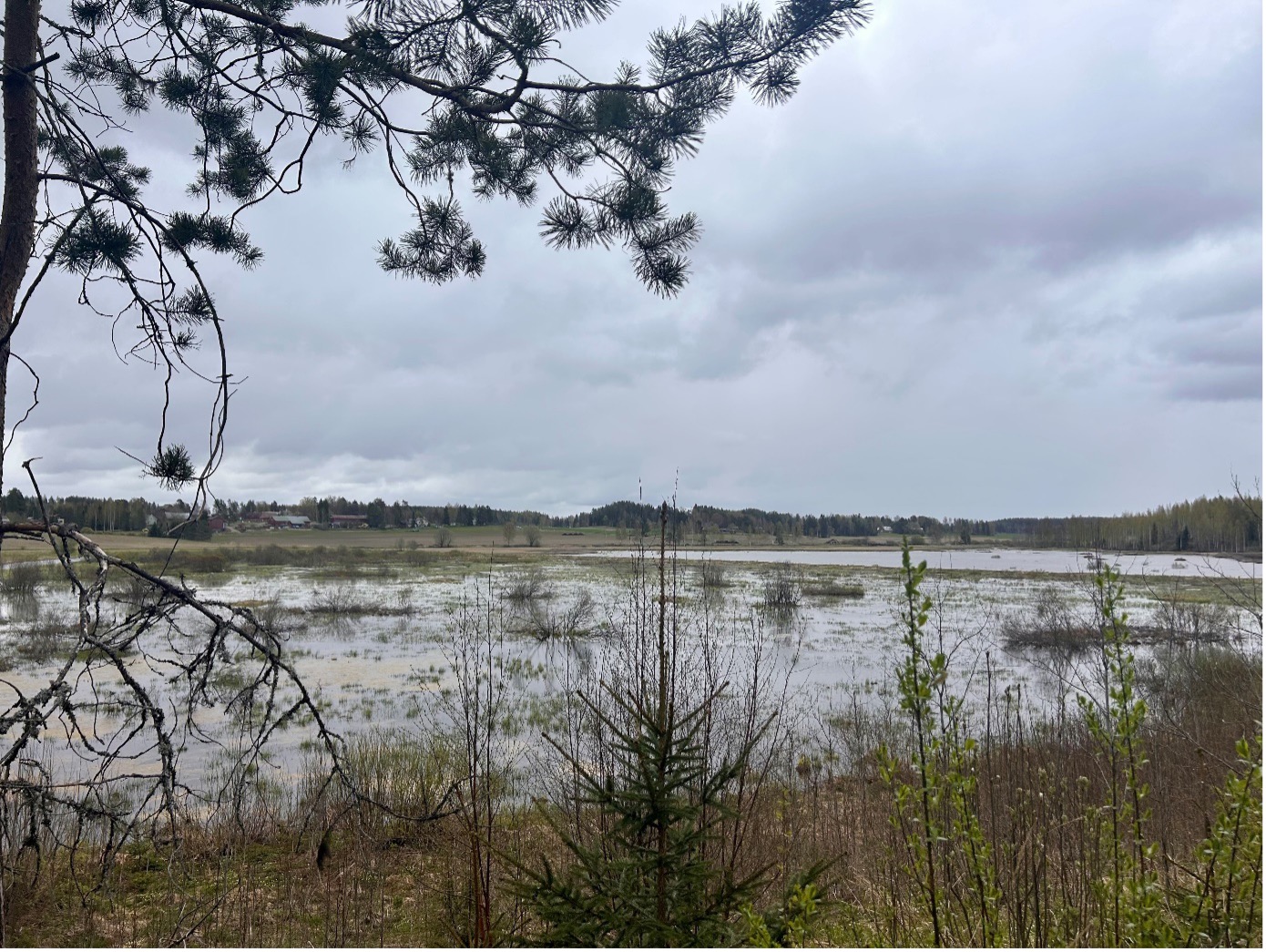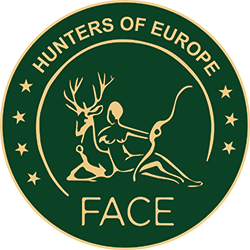
03 Jun 2025 The Waterfowlers Network annual meeting 2025, Finland
The Waterfowlers’ Network annual meeting took place on 13-15 May in Finland. On the occasion, members of the Waterfowlers’ Network from Denmark, Italy, Ireland, the UK, and Germany, all FACE Members, gathered in Finland, kindly hosted by the Finnish Hunters Association to discuss practical conservation of waterbirds at the international level.
The Waterfowlers’ Network was established in 2019 with the objective of making the world a better place for birds and waterfowlers by improving data collection, restoring habitats and actively engaging in sustainable management of waterbirds.
The top priority of the Waterfowlers’ Network is to encourage and facilitate the contribution of Northwest European hunters to cross-border management and sustainable use of huntable waterbirds.

The main topics discussed at the meeting covered the following areas of work the Network is focusing on.
Project PENELOPE
The Waterfowlers Network’s Project Penelope is an international research project aiming to track Eurasian Wigeon through the annual cycle using GPS-tracking devices and colour rings. Led by the Waterfowlers’ Network, the project’s fieldwork ran during 2021-2024 in Finland, Denmark and the UK and involved hunters and scientists. An important part of Project Penelope is based on resightings of individuals ringed with either a metal ring or a combination of metal and colour rings. Now that the fieldwork has ended, the project continues with the important input from hunters, birdwatchers, and the general public. So far, the project has colour-marked 1.453 Wigeons, which has already generated 813 resighting. Resightings or ring recoveries can be reported here: Submit your Wigeon resightings.
International wing survey group
The Waterfowlers Network’s International Wing Survey recently produced its first Wing Survey Report, marking a significant milestone in cross-border efforts to ensure the sustainable management of waterfowl. Compiled by the Waterfowlers’ Network, the report presents data on the age and sex distribution of selected species collected through wing surveys in Sweden, Denmark, and the United Kingdom. This report emphasizes the importance of international collaboration in managing migratory species that cross multiple borders during their migration.
Data Collection: Over 7,500 wings were analyzed across the three countries, focusing on species such as wigeon, teal, and greylag goose. Denmark provided the largest sample, demonstrating the potential of well-established national wing survey programs.
Population Insights: The data offer valuable insights into age structures and sex ratios, critical for understanding population dynamics and making informed management decisions. Read the International Wing Survey Report.
Duck nest specialist group
The Duck Nest Project is a project initiated in 2021 by the partner organizations of Waterfowlers’ Network, focusing on collecting data on the use and nesting success of ducks and other waterbirds in artificial nest structures such as duck tubes, nest baskets and nest boxes. Surveys are used to monitor the use of the baskets by waterfowl. The data collected will be compiled into a report.
SOTKA-project
The SOTKA-project aims to restore 400 hectares of prime brood habitat to help declining waterbird populations, and it is funded mainly by the Finnish government. The goal is to cost-effectively create a high quantity of quality wetlands for ducks. So far, 73 wetlands covering 930 ha were created. Further, plans are now ready for an additional 107 wetlands, and 20 are currently being created. For the period 2025-2028, the target is to fully create or restore 80 wetlands, so 20 per year.
Importantly, this is a bottom-up approach, the will comes from landowners and generates wetlands with local ownership, thereby facilitating landowners’ participation.
The Waterfowlers’ Network has raised funds to support the SOTKA-project. In effect, several FACE Members, the Danish Hunters’ Association (Danmarks Jægerforbund), Italian hunting association (Federazione Italiana della Caccia – FIDC), the Royal Dutch Hunters’ Association and the National Association of Regional Game Councils (NARGC), contributed to the funding of top-quality habitat restoration for breeding waterfowl. At the scale of the EU, Finland is a key country for the production of waterfowl and the participants visited some of the wetlands created thanks to their donations, which already host a significant number of waterbirds.
Take a look at some of the wetlands created thanks to FACE Member’s funding support!
- Korpinurmi: https://youtu.be/cslr8xASmTg?si=o45UQEud8fU3sznB
- Vitmossen: https://youtu.be/p0Jv7y_sKxg?si=oPawSmkK0PWuZVzb
- Leväjänkkä: https://www.youtube.com/watch?v=nkfmYSktnSY

Monitoring and removal of IAS
Another pillar of waterfowl conservation is the management of Invasive Alien Species such as the American Mink and Raccoon Dog, both species having devastating effects on breeding waterfowl. The Finnish management method was presented in detail. This work produces 50.000 hours of voluntary work by Finnish hunters, used in monitoring and managing these species. So far, as much as 3,000 to 4,000 Raccoon Dogs & around 1,000 Minks were effectively removed from waterfowl breeding habitats.
Pictures: Lene Midtgaard (Danish Hunters’ Association) & Finnish Wildlife Agency.

